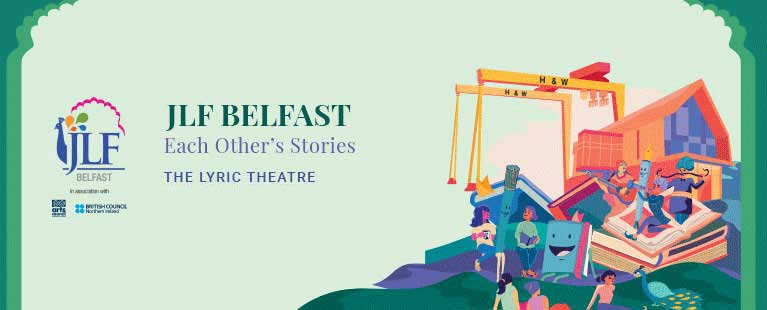

The Creativity Code: AI and the Arts Marcus de Sautoy introduced by Angela Saini
Angela Saini introduced Marcus de Sautoy, Professor of Mathematics at University of Oxford, as a mathematician who reaches outside his ivory tower and beyond his discipline to try and understand how contemporary advances in mathematical ideas affect our understanding of ourselves.
de Sautoy opened his lecture by introducing us to the extent to which measuring the impact of new machine learning on society is being defined by current advances in AI. At the point when an Artificial Intelligence may be constructed to rewrite its own code as it progresses, learning from its own experience to improve its performance, we are clearly stepping into unchartered territory.
To define creativity, de Sautoy revealed that he defers to Margaret Boden, who specifies that creativity as that which is new, surprisingand with value. As humans we often think we have found the best way of doing things and we get stuck in this way of thinking and doing. We repeat what has worked for us before. AI can offer a push out of this comfort zone, helping us to behave more creatively by offering new possibilities.
Modern computing celebrates Victorian Ava Lovelace as the first coder, writing code to influence the actions of a machine. She foresaw the potential for the machine to create music, but was clear that this was not true creativity but rather that which it had been coded to do. The Lovelace Test asks if a machine has created an original artwork by testing how the creative act came about.
In a highly enjoyable piece of audience participation, de Sautoy invited us to switch on our mobile phones and connect to an interactive portal. Here as a collective, we voted on bot vs human on a fake Rembrandt, contemporary art (as exhibited at Basel Art Fair) and some deeply suspect poetry. With very interesting results: we could more often than not spot the bot without being able to explain why.
Will a future Jaipur Literature Festival host a session by an AI author on its new novel ? Not if the very amusing AI-authored Harry Potter mystery, Harry Potter and The Portrait of What Looked Like a Large Pile of Ash, is anything to go by!
As de Sautoy noted, we can agree that we write (and read) novels to get inside the mind of the other. The new AI is beginning to have an internal world we don’t understand, and this is perhaps where it can show us a new perspective on the experience of existence. To paraphrase Wittgenstein, ‘ if an AI could speak, we could not understand it,’ but by its art we may gain a glimpse of the world through its eyes.

Leave a comment